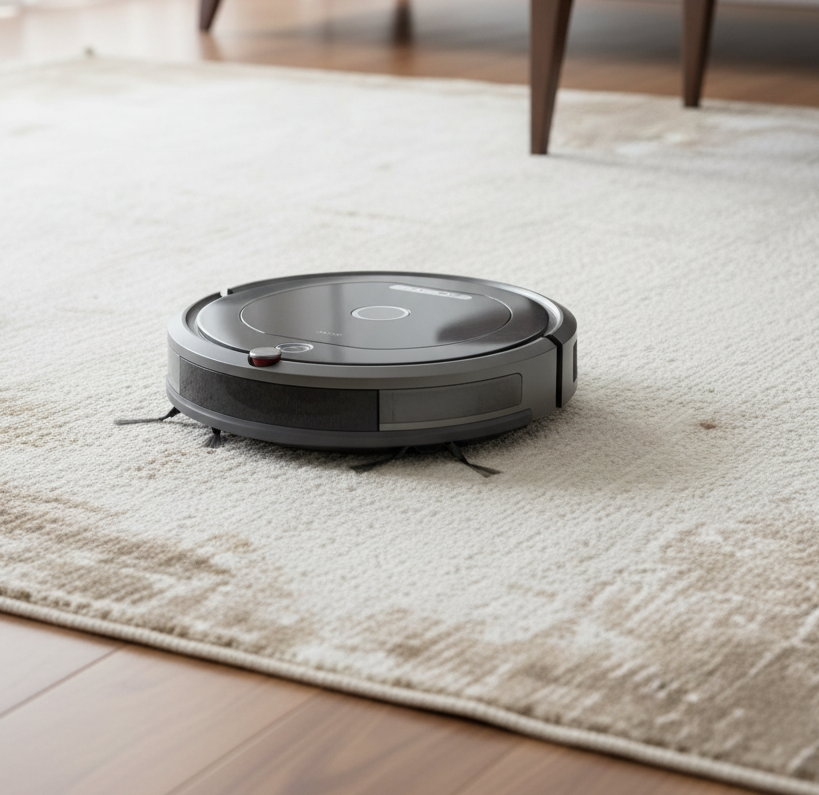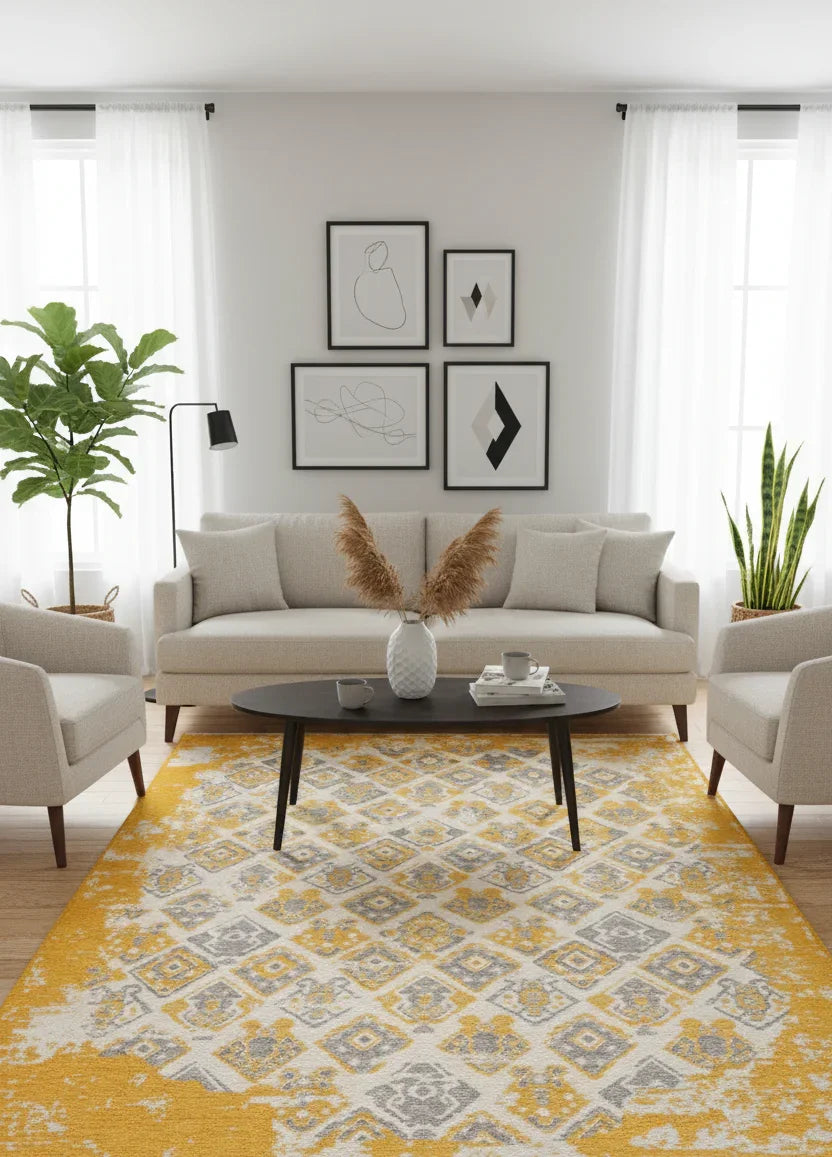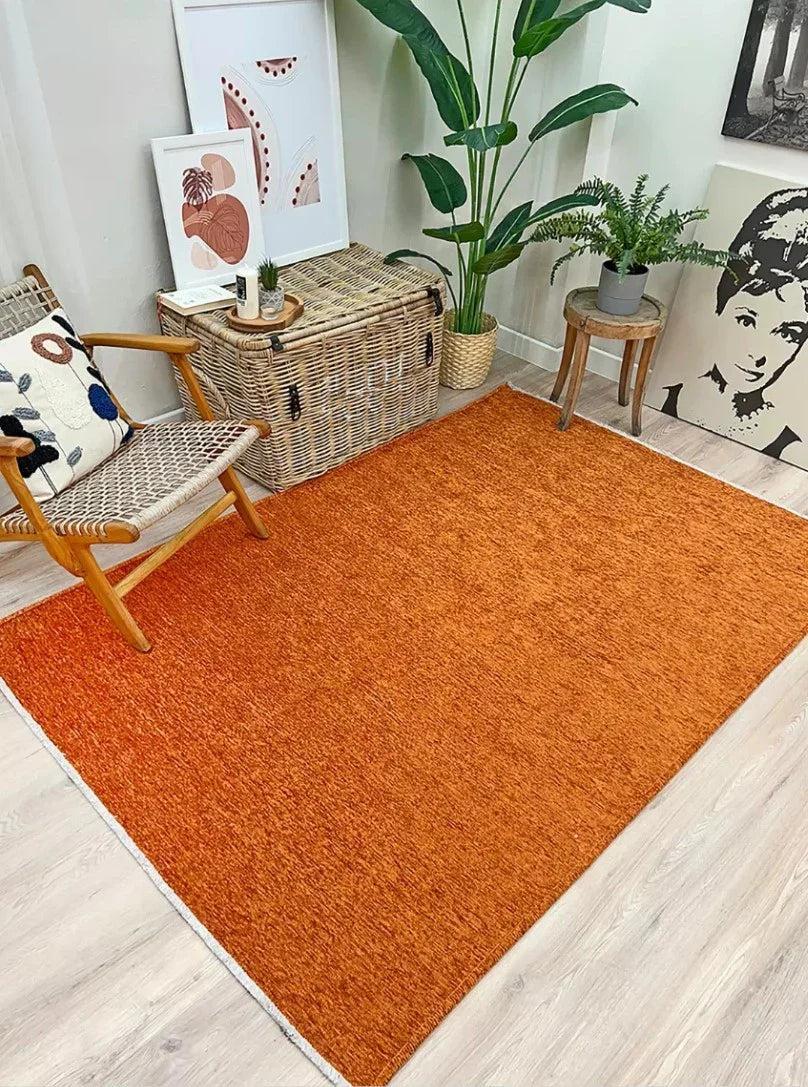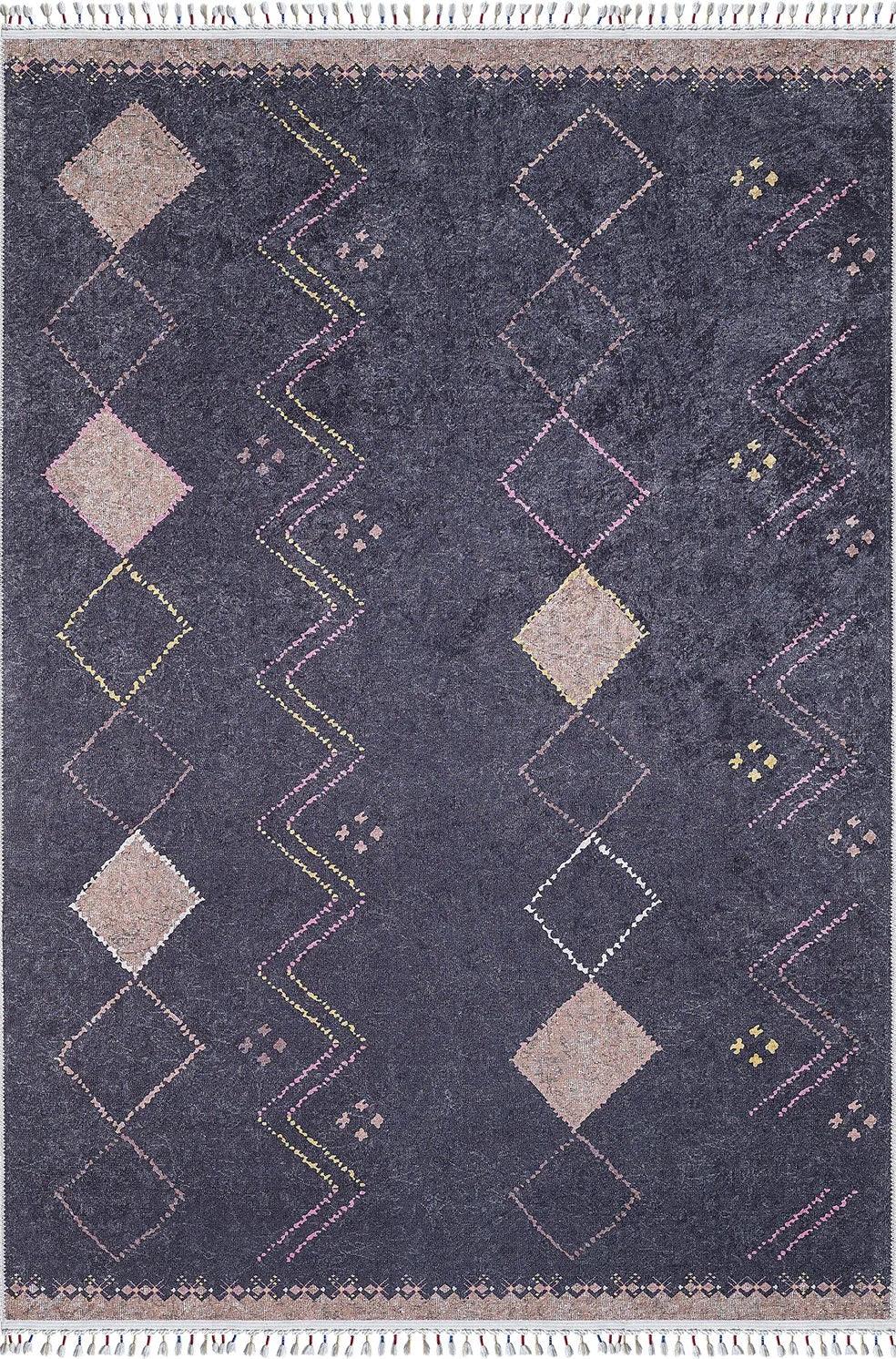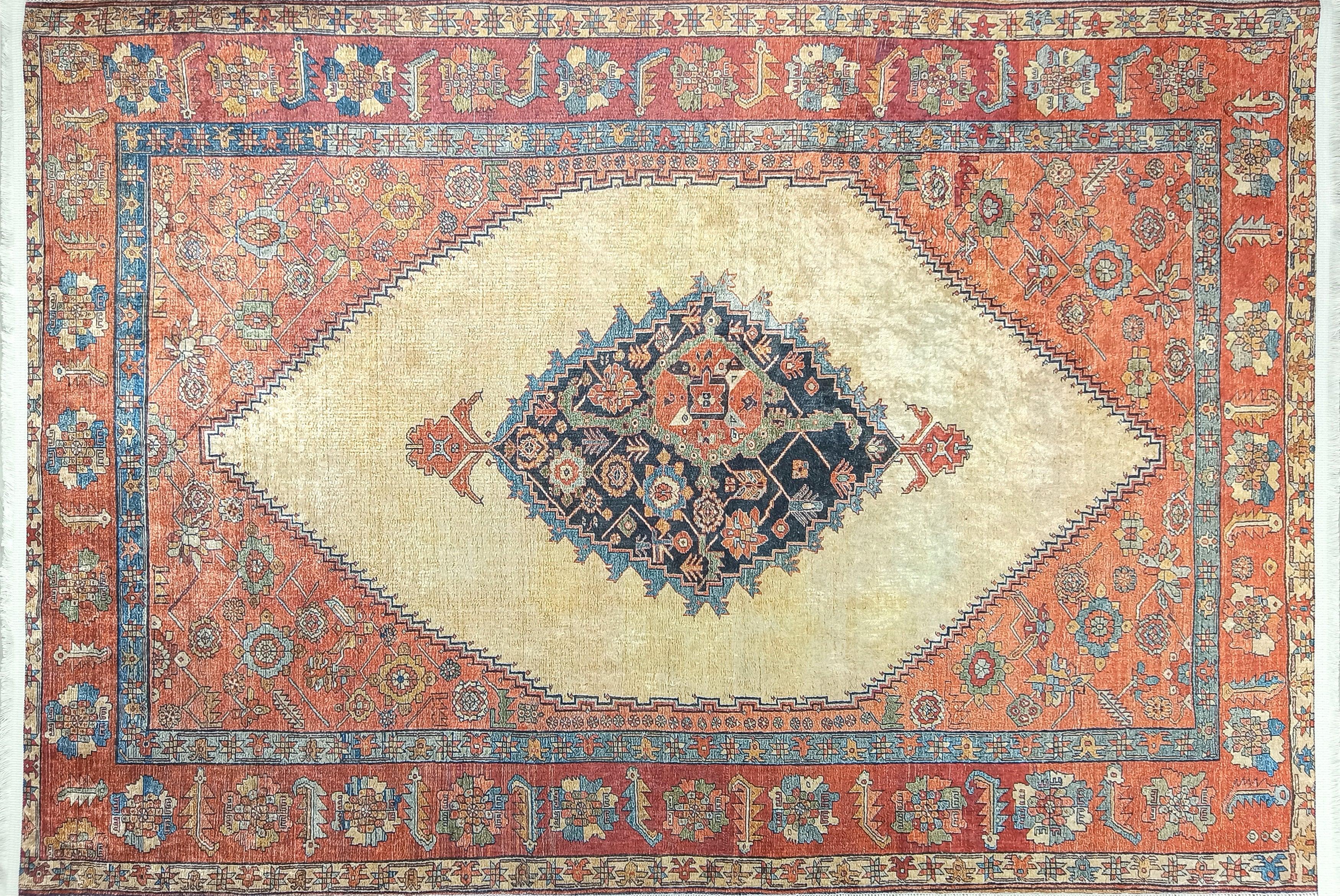Which Carpet Type is Suitable for Which Robot Vacuum Cleaner?
Robot vacuum cleaners have become one of the most popular smart home technologies in recent years. These devices, which simplify home cleaning, can yield varying results, especially on carpets. Not every robot vacuum cleaner is suitable for every type of carpet. The carpet's texture, thickness, pile height, sub-base, and flexibility directly affect the robot vacuum's performance.
In this article, we explain step by step how to choose the most compatible carpet type with your robot vacuum cleaner, which carpet types are easily cleaned by robot vacuum cleaners, and which models you should stay away from.
Things to Consider When Choosing Carpet for a Robot Vacuum Cleaner
The basic criteria that determine whether a carpet is suitable for a robot vacuum cleaner are:
- Carpet Height
Robot vacuums perform best on low- to medium- pile carpets.
Carpets thicker than 3 cm may cause difficulties for the robot vacuum cleaner.
- Tissue Hardness
Hard and densely textured carpets prevent the brushes of the robot vacuum cleaner from getting stuck and provide good cleaning.
- Non-slip sole
The non-slip base prevents the robot vacuum cleaner from pulling and lifting the carpet.
- Carpet Weight and Elasticity
Extremely light carpets may curl under the thrust of the robot vacuum cleaner.
- Color and Pattern (Laser Sensor Effect)
Dark black areas or highly contrasting patterns may fool the sensors of some robot vacuum cleaners.
1. Fine Textured Modern Carpets – The Most Compatible Carpet Type
100% compatible with Robot Vacuum Cleaner
Finely textured modern carpets are one of the most ideal carpet types for robot vacuum cleaners.
Thin carpets , both brush and motor power easily adapt to this texture.
Reasons for compliance:
-
Low pile height
-
Lightweight yet non-slip sole
-
Sensor-friendly flat surface
-
Dust is close to the surface
Usage note:
The most practical cleaning experience is achieved with this type of carpet.
2. Washable Thin Carpets – Robots’ Favorite
Washable carpets also get along very well with robot vacuum cleaners.
Especially models with thin and non-slip bases increase the maneuverability of robots.
Advantages:
-
Fast cleaning due to its light weight
-
No difficulty in brushing
-
The carpet does not move
-
Trouble-free operation of laser sensors
Compatible Robot Models:
-
All new generation robot vacuum cleaners
-
Models using LDS (laser navigation) are particularly successful

3. Medium Pile Living Room Carpets – Partially Compatible
Living room carpets with medium pile height and more filling can be used with a robot vacuum cleaner, but performance varies depending on the thickness of the carpet.
Factors affecting performance:
-
Pile height between 1.5 and 2.5 cm
-
Medium hard texture
-
Thick base structure
Possible problems:
-
Classic brush-type robots may have difficulty
-
If the edges of the carpet rise, the robot may not be able to get out.
Compatible Robot Models:
-
Robots with high suction power (3000Pa and above)
-
Devices with vibrating mop systems (Roborock S7+ etc.)
4. High Pile Carpets – Generally Incompatible
Shaggy, plush and long-pile carpets are the most challenging carpet group for robot vacuum cleaners.
Problems:
-
Brushes getting tangled in hair
-
The robot gets completely stuck in the carpet
-
Lidar/laser sensors fail
-
Restriction of mobility
Which robots are less stressed?
-
Models with tangle-free technology
-
Premium models with high suction power
-
Robot vacuum cleaners with brushless suction area
However, robot vacuum cleaner performance will never be high on this type of carpet.
5. Jute – Wicker – Natural Fiber Carpets
While jute and straw rugs look great aesthetically, they are not always ideal for robot vacuums.
Problems may arise because:
-
Because the textures are hard, the robot's brush may jump
-
The sole may be slippery
-
There is a risk of the carpet corners curling
Most compatible robot models:
-
Lidar models
-
Robots with flat suction channels
6. Thick-Based Classic Carpets
The robot vacuum cleaner performs at a medium level on thick carpets with classic patterns and slightly embossed textures.
Pros:
-
Because the carpet is heavy, it stays in place
-
No edge curling
Cons:
-
Tissues larger than 2 cm put a strain on the robot.
-
If the edge border is high, it may not come out.
Settings to be Made in Robot Vacuum Cleaner + Carpet Combination
- Turn on Carpet Boost Feature
When the robot detects the carpet, it increases the suction power.
- Create a virtual wall
If you do not want the robot to go on high-pile carpets, you can set a virtual boundary in front of it.
- Fix the carpet to the floor
Non-slip pad improves robot performance.
- Sensor setting for dark carpets
Some robots have a special mode for black carpet.
Choosing the Right Carpet Determines Robot Vacuum Cleaner Performance
Carpet selection is critical for the efficient operation of robot vacuum cleaners.
Best performance:
is taken.
Medium pile living room carpets have limited compatibility.
High-pile shaggy and natural fiber jute carpets are generally not robot vacuum cleaner friendly.
For anyone using a robot vacuum cleaner at home, choosing the right carpet will both extend the life of the appliance and improve cleaning performance. For robot-compatible carpets, check out Pera Halı's collections.

